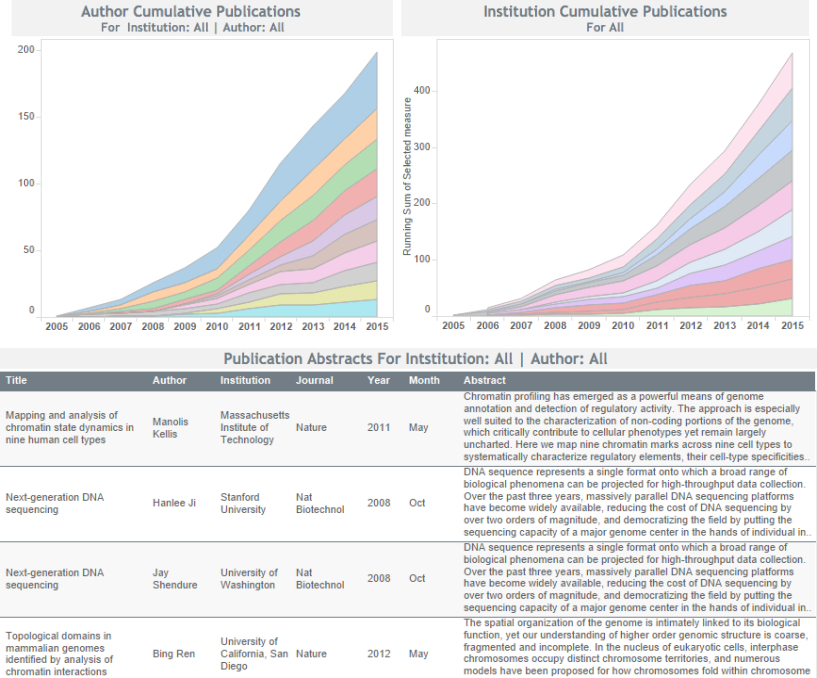If you’re like most life sciences marketers, you’re now swimming (often upstream) in data. It started innocently enough about a decade ago with web analytics data and email campaign metrics, then got fancier with the more progressive profiling capabilities of some marketing automation platforms.
Today, even the more advanced marketing teams acquire data with a series of yes/no answers to forms, web activities, and campaign engagement.
These are all great things to be doing, but too often they don’t make the dialogue between marketers and researchers more interesting, helpful, or relevant.
It doesn’t because many life science marketers still don’t know that much about what the majority of their customers are doing at the bench; what they’re studying, how they’re studying it, who they’re working with, and when.
We collect data, we integrate it, but it doesn’t change the conversation. It still sounds like a digital version of an awkward holiday party.
…many life science marketers still don’t know that much about what the majority of their customers are doing at the bench
Today, the data in CRMs looks a little like this (see below), where researchers are categorized based on their responses to some kind of lead generation form that was placed in front of them at some point.
Do Your Customers Look Like This?
Maybe it was a trade show, a webinar, an irresistible ebook or something similar, but they checked a box and now they’re categorized and ready for some data driven marketing.
What happens next, if you’re like most companies, is Dr. Meyer is sent email featuring any product or content that is remotely related to DNA sequencing, and/or cancer because you have data that tells you to!
When the dust settles, and the metrics are reviewed, the disappointment sets in.
The same crumby levels of engagement persist. “But we gathered all that data…” Many companies do, but often that data is a series of responses that don’t help them get to know researchers any better.
Data driven marketing campaigns are great if you’re using the right data. Luckily, there’s a gold mine of contextual data waiting for you.
A New View with Peer Review
Peer review is the backbone of science. A researcher does great work, shares results, how they did it, and some logical conclusions. It’s a valuable process for science, but it can be far more than that though; it can be the foundation for strategic product development and marketing.
Scientific journals are the oldest scientific social network and these nuggets of contextual greatness can be the missing link separating between you and a more relevant dialogue with researchers.
Data driven marketing campaigns are great if you’re using the right data.
Inside journal articles researchers are telling you what they’re working on and what tools or methods they’re using. The problem is that journal data is not structured to help marketers listen to researchers.
A couple of years ago, we set out to create a more user-friendly interface to PubMed optimized for marketers and R&D scientists that need to understand researchers better do their jobs.
This new interface picks up nicely where traditional CRM data leaves off. Research Profiles, as the name suggests, summarize the worlds highest publishing researchers in specific areas. Let’s take a look at them.
Inside Research Profiles
Research Profile Dashboards help you visualize PubMed data in a more industry-friendly view, showing:
- Top regions throughout the world where specific research or product usage is occurring
- Top publishing researchers in these regions and their institutions
- Researchers and institutional publication activity over time
- The impact of researchers’ publications (measured by citations)
Citations in your CRM
Tracking researchers’ publications opens up all new avenues of marketing. Think about the difference in engagement that’s possible when you’re armed with your basic CRM data vs. that augmented with:
- A researchers’ frequency of publication in a various areas of research
- What kind of methods and technologies they use
- How cited their work is within the scientific community
- The details on their latest publication

Research Profiles help you view researchers in ways that will change the way you think and talk with your customers and prospects.
Now you’re ready to have a personalized dialogue that is relevant and timely.
Have some questions about how to get started? Drop us a line and we’ll show you some examples.


